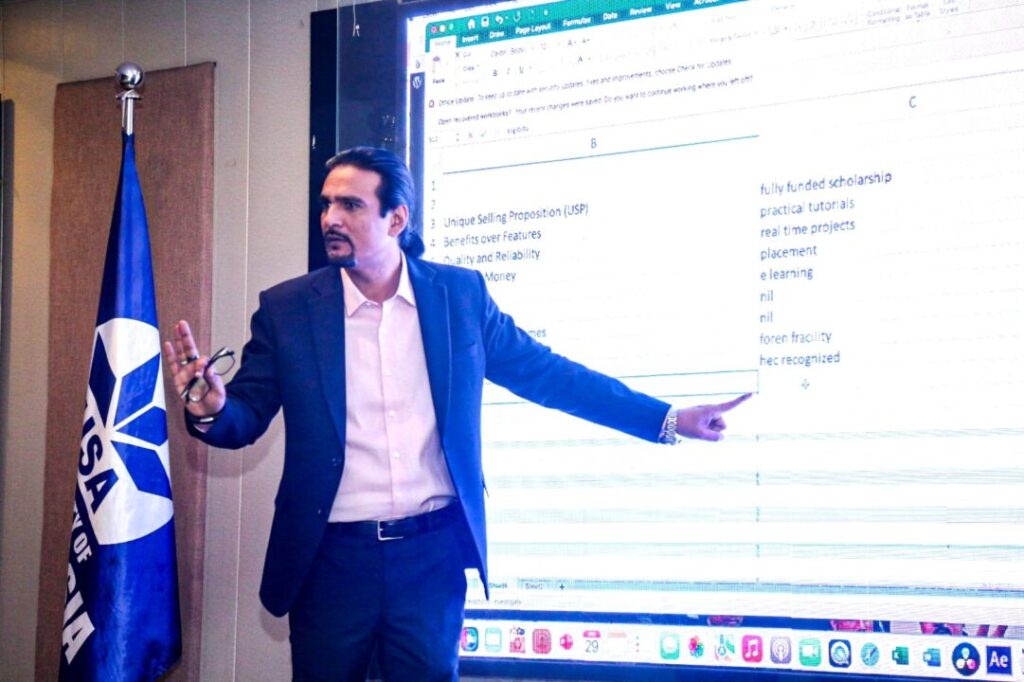Table of Contents
Introduction: Understanding the Art of Storyboarding

Storyboarding is a fundamental aspect of visual storytelling, essential for filmmakers, animators, advertisers, and even comic book artists. It involves creating a sequence of images to outline the flow of a story or project before production begins. In this blog, we’ll delve into the intricacies of storyboarding, exploring Storyboarding definition, Storyboarding for beginners, Storyboarding techniques, Storyboarding examples, and free Storyboarding software.
Storyboarding definition?
Storyboarding is the process of visually planning a narrative through sequential drawings or illustrations. It serves as a blueprint for the final product, whether it’s a film, animation, advertisement, or any other visual project. Each frame in a storyboard represents a specific shot or scene, helping creators visualize the progression of the story.
Importance of Storyboarding for Beginners?
For beginners, storyboarding provides a structured approach to visual storytelling. It helps in organizing ideas, refining the narrative, and communicating concepts effectively to collaborators. By creating a storyboard, beginners can streamline the production process, save time and resources, and ensure coherence in their projects.
Getting Started: Storyboarding for Beginners
Before diving into advanced techniques and software, it’s crucial to grasp the basics of storyboarding.
The Basics of Storyboarding
Beginners should understand the fundamental elements of a storyboard, including framing, composition, camera angles, and transitions. These elements dictate how the story unfolds visually and help convey emotions, pacing, and mood.
Elements of a Good Storyboard
A good storyboard should be clear, concise, and visually compelling. It should effectively convey the narrative, character motivations, and key plot points. Annotations and notes can provide additional context to guide the production process.
Storyboarding Tools and Materials
While professional software offers advanced features, beginners can start with basic tools like pen and paper or digital sketching apps. These tools allow for quick iteration and experimentation without the learning curve of complex software.
Storytelling with Pictures: Storyboarding Techniques
Mastering storyboarding techniques is essential for bringing stories to life visually.
Sequential Storytelling
Storyboarding involves arranging images in a sequence to create a visual narrative. Understanding pacing, rhythm, and flow is crucial for effective sequential storytelling.
Concept: Storyboarding uses a sequence of images to tell a visual story. Just like a comic book, each frame captures a moment in time, and the order dictates the flow of the narrative.
Example: Think of a storyboard for a scene where a character walks into a dark room and flicks on a light switch. The first frame shows the character reaching for the switch in a dark hallway, the next shows their hand hitting the switch, and the third frame depicts the room illuminated.
Scene Transitions and Continuity
Smooth transitions between scenes maintain coherence and engagement in the story. Techniques like fades, cuts, and wipes help transition between shots seamlessly.
Concept: Smooth transitions between scenes are essential for keeping the audience engaged and maintaining a logical flow. Storyboarding helps plan these transitions using techniques like fades (gradual darkening or lightening of the scene), cuts (abrupt shift from one scene to another), and wipes (transitioning one scene over another).
Example: Imagine a storyboard sequence where a character witnesses a crime and flees. One frame shows them looking in horror at the event, the next uses a wipe effect to transition to their feet running down a street, and the final frame depicts a wide shot of the character disappearing into the distance.
Character Development through Storyboarding
Storyboarding allows creators to develop characters visually, depicting their emotions, expressions, and actions. Each frame should capture the essence of the characters and their journey.
Concept: Storyboarding allows creators to visually develop characters. By depicting their expressions, actions, and body language in each frame, you can communicate their emotions, personality, and role in the story.
Example: Consider a storyboard for a scene where a character receives bad news. One frame shows their face filled with hope as they wait for the news, the next depicts their expression crumpling as they hear it, and the final frame portrays them slumped in despair.
Illustrating Ideas: Storyboarding Examples
Examining real-world examples can provide inspiration and insights into different storytelling styles and techniques.
Film and TV Storyboard Examples
Analyzing storyboards from films and television shows offers valuable lessons in visual storytelling, cinematography, and scene composition.
Advertising Storyboard Examples
Advertisements rely heavily on storytelling to convey messages and evoke emotions in viewers. Studying advertising storyboards reveals strategies for effective marketing communication.
Comic Book Storyboard Examples
Comic book storyboards combine visual storytelling with sequential art, offering a unique perspective on narrative structure and character development.
Crafting Your Vision: Free Storyboarding Software
While traditional methods have their charm, digital storyboarding software offers convenience and flexibility for modern creators.
Top Free Storyboarding Software for Beginners
Free software options like Storyboard That, Canva, and ShotPro provide intuitive interfaces and essential features for creating storyboards.
Comparison of Free Storyboarding Tools
Comparing different software options helps beginners choose the one that best suits their needs and preferences, considering factors like user interface, features, and compatibility.
Tips for Using Free Storyboarding Software Effectively
Maximizing the potential of free software requires practice and experimentation. Tips and tutorials can help beginners navigate the tools and unleash their creativity.
Putting It All Together: Creating Your First Storyboard

Armed with knowledge and tools, beginners can embark on their storyboarding journey with confidence.
Step-by-Step Guide to Storyboarding
Following a structured approach, beginners can outline their narratives, sketch storyboards, and refine them based on feedback and iteration.
Common Mistakes to Avoid in Storyboarding
Understanding common pitfalls like cluttered frames, inconsistent perspectives, and lack of clarity can help beginners produce more polished storyboards.
Feedback and Iteration in Storyboarding
Seeking feedback from peers, mentors, or online communities is essential for growth as a storyboard artist. Iterating based on feedback refines the storyboard and improves the final output.
Conclusion: Mastering the Art of Storyboarding
Storyboarding is not just a technical skill but an art form that requires creativity, imagination, and storytelling prowess.
The Importance of Practice and Persistence
Like any craft, mastering storyboarding takes time and dedication. Consistent practice, experimentation, and learning from mistakes are key to improvement.
Continuing Your Journey in Storyboarding
As beginners progress in their journey, they can explore advanced techniques, experiment with different styles, and develop their unique storytelling voice.
FAQs about Storyboarding
1. What is storyboarding?
Storyboarding is the process of visually planning a narrative through sequential drawings or illustrations. It serves as a blueprint for visual projects like films, animations, advertisements, etc., by outlining the flow of the story through individual frames.
2. Why is storyboarding important for beginners?
Storyboarding provides beginners with a structured approach to visual storytelling. It helps in organizing ideas, refining the narrative, and effectively communicating concepts to collaborators. Additionally, it streamlines the production process, saves time and resources, and ensures coherence in projects.
3. What are the basics of storyboarding for beginners?
Beginners should understand fundamental elements like framing, composition, camera angles, and transitions. These elements dictate the visual progression of the story and help convey emotions, pacing, and mood.
4. What are the essential elements of a good storyboard?
A good storyboard should be clear, concise, and visually compelling. It effectively conveys the narrative, character motivations, and key plot points. Annotations and notes can provide additional context to guide the production process.
5. What tools and materials are recommended for beginners in storyboarding?
Beginners can start with basic tools like pen and paper or digital sketching apps. These tools allow for quick iteration and experimentation without the learning curve of complex software.

